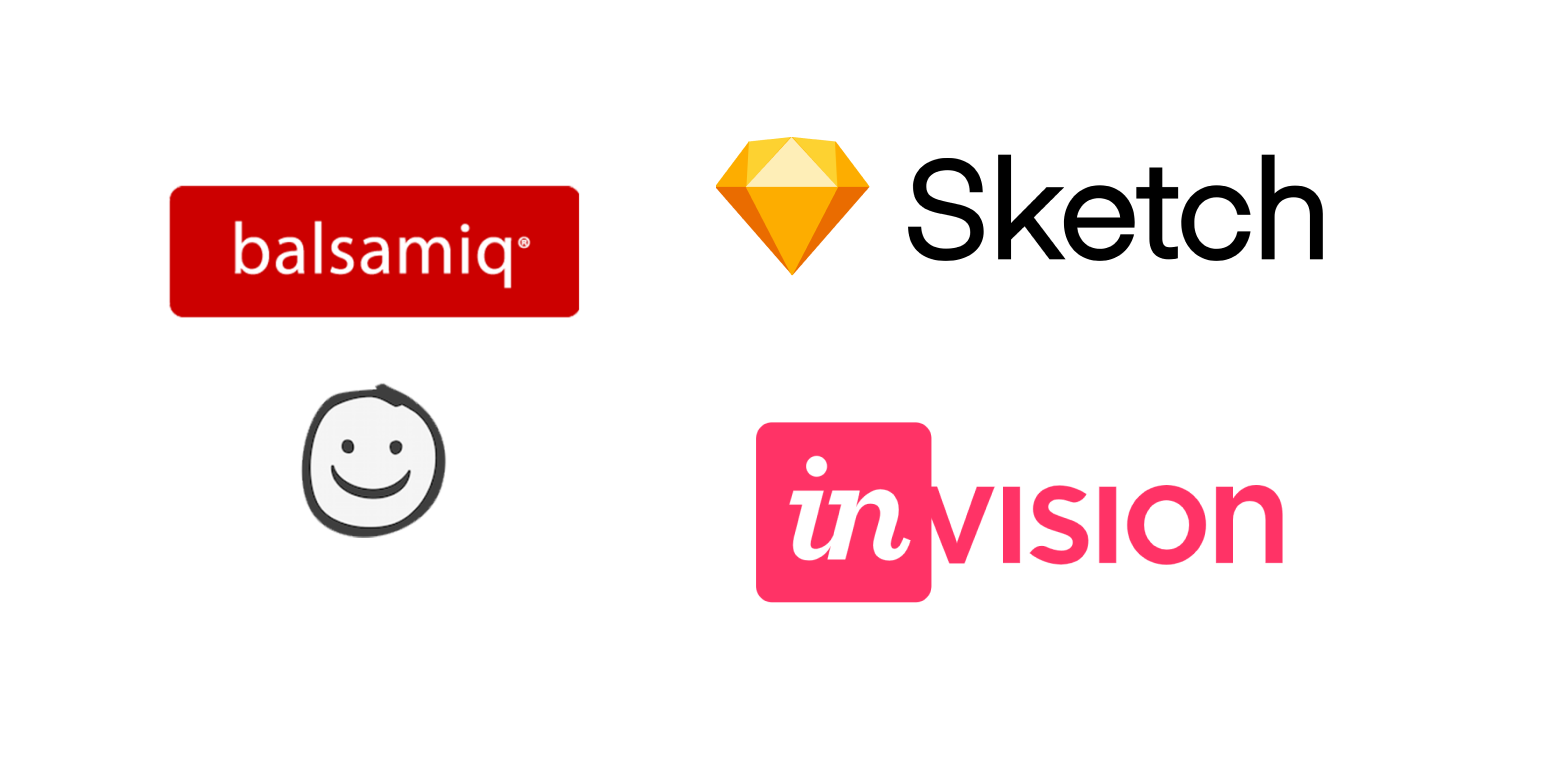
It’s in 2020. The UX job market is getting increasingly saturated, it’s no longer the new kid in the block. Still, I want to share my story of how I landed my current job as a UX Designer at a SaaS start-up with no design background or Bootcamp and in a cost-effective manner. Hopefully, this encourages those who wish to pursue UX Design without any degree in Human-Computer Interaction (HCI) or Design or any design experience.
A quick rundown of my background: I graduated from a local university with a bachelor's in Accountancy. I worked as a creative copywriting assistant at an ad agency for 3 months. A global pandemic quickly ensued which vanquished my promise of a full-time position with my previous company.
I was unemployed for a month and now, I work as a full-time UX Designer at a start-up SaaS company. That’s right, I made the career transition in 1 month, in the midst of an unfortunate time globally.

Here are some tips which helped me along the way:
1. Enroll in at least one UX Course
There are many UX Courses out there — General Assembly, Careerfoundry, Interaction Design Foundation (IDF) just to name a few. And they can be rather costly. I chose IDF because it was the most affordable option and is internationally recognized.
I am aware there are more affordable and great Udemy and Coursera courses out there, however, I was afraid it is not as recognized as IDF.
If you’re never heard of Interaction Design Foundation, you should. It’s a non-profit educational organization that provides a goldmine of information on interaction design. I enrolled myself in on Day 1 of my unemployment.
Do you need to sign up for IDF? Honestly, no.
But is it worth it? Yes.
Here’s why. A course gives you the much-needed momentum to overcome the inertia towards learning new topics and fuel your career transition. The online lectures also pace your learning. It feels less intimidating when you’re part of a cohort and have an online lecturer holding your hand through the process.
A formal UX course also tailors a complete curriculum with proper scope and depth for you to gain a deeper understanding of topics. In contrast, while there are many fantastic Medium articles on UX Collective, etc, they lack the structure that facilitates the absorption of information for a beginner.
2. Create your portfolio while you are still learning
In the spirit of efficiency and project-based learning, I embarked on creating my portfolio right from Week 1. I knew I needed a design portfolio eventually and starting immediately had no downsides. Also, getting efficient at using design tools takes time. Start early.
Truth: My first project was absolute trash.
False: I never got better.
My projects allowed me to apply the knowledge I’ve gained from my online learning and gave me confidence in this career. The projects also quickly familiarise me with industry design tools such as Sketch, Invision, Balsamiq, etc.

And, to my future employer, my portfolio also showcased my design skills, passion, and enhanced my credibility as a UX Designer.
My finished portfolio was hosted on Wix and consisted of 3 solid case studies — 1 mobile app I designed from scratch, 1 redesign of an existing mobile app, and 1 redesign of an existing website. Ideally, your portfolio should showcase your diverse problem-solving skills.
Take the initiative to solve design problems in your everyday life — is Zoom’s UI not cutting it for you? Could your school’s learning portal be better improved? Aim to solve different practical design issues in your case studies and present your thought process with clarity. Your portfolio should be comprehensive but not a bore.
3. DESIGN your portfolio and resume
The job you are applying for involves Design. Connect the dots?
Leave a good first impression on your hiring manager with a creatively designed yet neat job application (includes resume, cover letter and design portfolio) that presents you in the best light. I cannot stress the importance of doing so.
A well-crafted job application will leave the hiring manager rooting for you.
Your portfolio is your entry ticket to your next job! It is worth agonizing over it. Stand out by creating amazing product mock-ups (this Angle plug-in is a lifesaver). Packaging your work is very important! Play around with the perspective of your UI, the orientation, it can really go along way.

Develop a good eye for design by looking up to designs by other professionals. Or start from basics and school yourself with some YouTube videos by The Futur that neatly break down design fundamentals and color theory.
And remember, inspiration is all around you. Take a leaf out of portfolio sites of recognized UX professionals. In my free time, I would watch UX Design portfolio critiques on YouTube (a wonderful wonderful resource for beginners) and voraciously read related UX articles.
The constant exposure to design content and material sharpened my design sensibilities greatly in a short amount of time.
A note on cover letters:
Is there still a point to cover letters? A well-worded cover letter will not get you the job, but it will give your application a boost. It is worth investing the time to write a sincere and good one!
4. Reframe your existing experience
Rarely do companies hire a fresh talent off the block. Re-word your previous jobs and experiences in your resume to showcase your related skills. I even added my portfolio projects in my resume. After all, these are the experiences you’ve had.
Bear in mind: UX Design is not limited to the final design. The entire process involves ideation, user research, iterations, implementing solutions, working cross-functionally, and validating and testing your solution. Chances are you have already some of these elements in your past experiences, even your school projects are included!
- Anything data-related -> Market/User Research
- Creative industry -> Ideation
- Efficiency -> Implementing solutions
These are definitely not perfect substitutes, but you get the idea. Reframe your existing experiences to fit in the job you are applying for. This is not unique to the UX industry. Learn to leverage your existing background to get a job you desire. This does take some practice especially if you are a self-effacing person. But you gotta do what you gotta do to stand out in a job application.
5. Get Feedback
Opening your mouth to ask for feedback is difficult. But the fact is, your portfolio and resume will only get better after multiple rounds of feedback. If you are too shy, do what I did — watch copious amounts of design portfolio review videos and imagine it was your portfolio being scrutinized in the video.

What would the critiquer say about it? Too brief? Lacks design principles? No structure? Rigorously analyze your own work and be a harsh critique. This will help you improve over time.
6. Testimonials
Testimonials from ex-colleagues definitely help. As a parting gift of sorts from my previous company, my colleagues wrote lovely testimonials that definitely put me in good stead in my job application.
People like to work with people who are liked.
While this is often not up to your control, be unafraid and ask for testimonials from colleagues when you think you’ve done a good job. Their words definitely go a long way in shaping the hiring manager’s impression of you before they even meet you.
A breakdown of my 1 month:
I was learning on IDF throughout the month. By the end of the month, I did not finish some of the modules but I had attained a good base-level knowledge of UX.
- Week 1: Enrolled in IDF. Crafted my first case study and meddled around with Sketch, Balsamiq
- Week 2–3: Work on my first case study and learned to create prototypes using InVision (ended up using Figma)
- Week 3–4: Create my second and third case study
- Week 4: Host my portfolio site. Pour over its content, design, and layout. Refine my resume, cover letter.
Note: In the one month, I was entirely consumed by the whole process. It definitely helped that my country was on lockdown and there was no distractions. There were days where I would wake up at 5am just to work on my portfolio. I dedicated all my energies into creating something I was proud of.
I consider myself to be very lucky in this whole career switch and greatly cherish the learning opportunities I have at my current workplace. It’s still a little surreal how I’ve managed to make this career change so swiftly.
It’s starting to feel very cliché but when one door closes, another does open. Take heart, don’t be afraid to ask for help (I am open!) and be persistent. It will all work out.
I hope you’ve taken something away from this article.
Best of luck!




